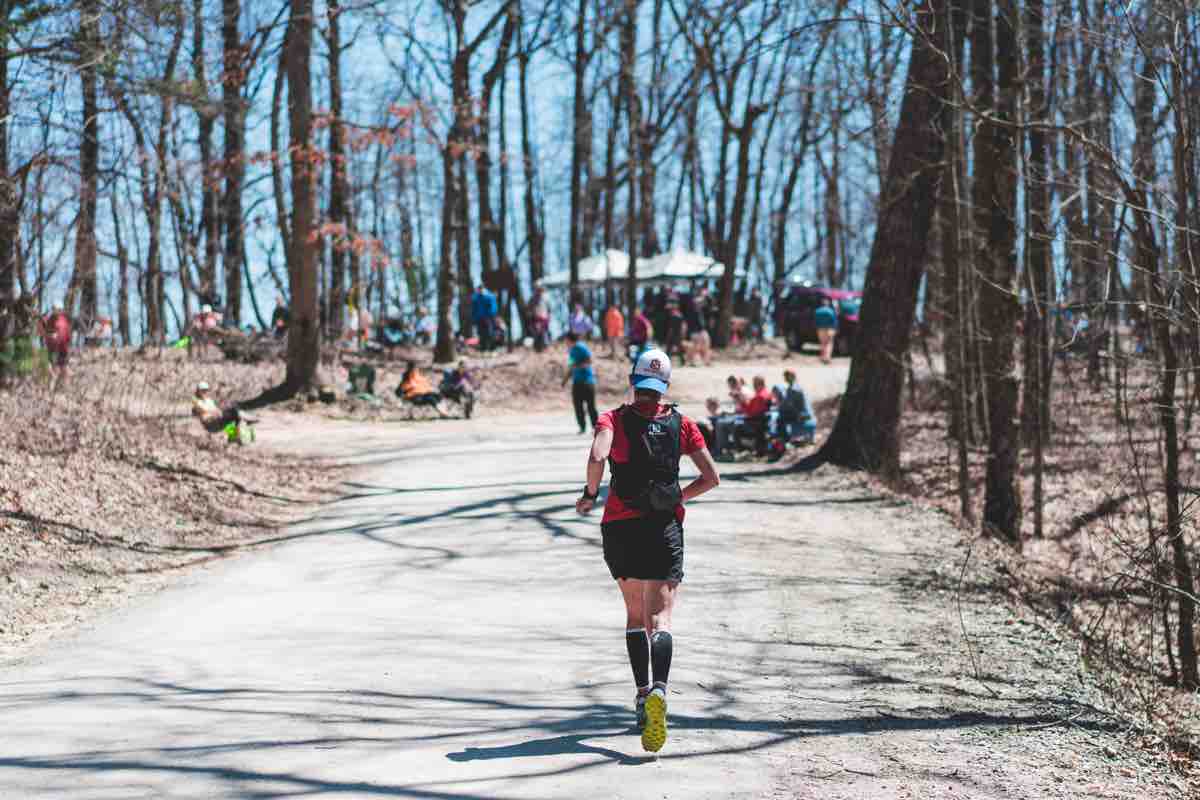As a child, the neighborhood was my playground as I free ranged with other kids from yard to yard playing kickball, hide-and-seek, capture the flag, and wiffle ball. We built forts, climbed everything from trees to fences, and explored places that we did not necessarily have permission to. We didn’t wear watches or have cell phones, and were oftentimes simply given the instruction of, “Be home by dark.” When we got hungry, we dared each other to eat worms or grubs. When we got thirsty, we drank from puddles, streams, and garden hoses that were used for much more than watering the plants. These innocent days allowed for a lot of time outside and permitted us kids to just be exactly that, kids.
During this time, what we did seemed common and normal. Our parents never screamed or shuddered when we gave them glimpses into the day’s affairs. Regarding our welfare, I came to learn and understand the phrase, “No harm, no foul.” Fast forward 30 years and this seemingly simplistic phrase has stuck with me.
In my last race, the Georgia Death Race, I drank from a stream. A combination of factors led to this happening. I missed my crew at mile 27, and then when the temperature went from warm to warmer, I began to waver. While working my way through a section of the course that was very exposed to the sun, I began to feel dryness in my mouth and throat. As I entertained myself by opening and closing my sticky, parched mouth, I passed several small streams that were flowing from what appeared to be a high point above. Not allowing myself to slow, I calculated my time to the next aid station as I lifted my head ever so slightly to glance at the long climb ahead. Not wanting to think about the distance, I attempted to distract myself by counting my steps, trying to keep my counting rhythm methodical.
Admittedly, my pattern faltered. The sound of running water on the embankment to my left triggered my desire for water to feel more and more prevalent in my mind and body. I looked at my watch and saw that I was at over 4,000 feet altitude, and for some reason in my mind this altitude warranted a stop to examine the source more carefully. The water was clear, cold, and running at a good pace. I splashed it up and down my arms and on my dirt-laden legs, then took a sip. It tasted crisp and clean, so I drank a little more and then a little more. Then I figured, why not fill up my hydration bladder before taking off running again? I vividly recall having a sense of fulfillment very similar to that feeling when I was a kid and being ‘resourceful’ while playing in the neighborhood.
Needless to say, I survived the race and didn’t have to endure for hours the feeling of thirst and the consequences of dehydration. Just like I learned as a kid, I thought, No harm, no foul.
A couple weeks after the race, I found myself with a painful and upset stomach, nausea, and fatigue. I assumed that I must have eaten something bad. After a few days, my stomach issues didn’t resolve and anything that I put into my body came right out the other end. From liquids to food, nothing wanted to stay with me, and eventually I was dehydrated and feeling extremely depleted. Feeling defeated, I called my doctor’s office, explained my symptoms, and was seen that day. The doctor’s first questions for me were, “Have you left the country or drank potentially contaminated water?” Recollecting my creek indulgence at the Georgia Death Race, I timidly answered in the positive and then was tested for parasites. That day, I was diagnosed with Giardiasis and this reiterated several lessons to me.
As unpleasant as this occurrence was and still is, it helped remind me that life isn’t always black and white. Drinking stream water quenched my thirst, cooled me off, and got me to the finish line, therefore I quickly deemed it acceptable. Not until my stomach turned from feeling normal into literally a shit show was I reminded that my instant gratification of drinking cold stream water was just that, instant. In that moment, I had still yet to learn if that action was truly benign or malignant. It wasn’t like when as a kid out playing and a ball struck a window and in that moment I knew that either the ball broke the glass or simply bounced off.
This event also reminded me that just because I see images, videos, and stories about ultrarunners drinking from their cupped hands in mountain streams, it doesn’t mean that this comes without risk. Sure, it makes for pure-looking photographs where we are fueled directly from nature, but let’s be reminded of the wildlife and human sources that can contaminate those seemingly clean resources. There are easy ways to treat stream water. Yes, it requires carrying one more thing, but something as simple and light as a LifeStraw can help save your gut and leave you truly saying, “No harm, no foul.”
Call for Comments (from Meghan)
- Do you have a ‘no harm, no foul’ story from your time out in the mountains? An example of you making a choice with potential consequences where everything worked out without a problem?
- How about a story where your time out in the mountains had consequences that required a steep and perhaps uncomfortable learning curve?


